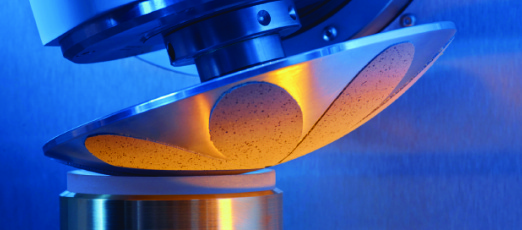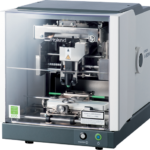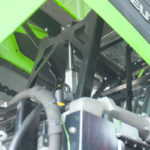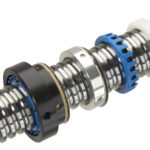Ballscrews suit applications needing light, smooth motion, applications requiring precise positioning, and when heavy loads must be moved. Examples include machine tools, assembly devices, X-Y motion and robotics.
Factors such as lead accuracy, axial play and preload, and life-to-load relationship are most commonly used to classify ballscrews. Lead accuracy is the degree to which the shaft’s rotational movements are translated into linear movement. With lead accuracy and axial play determined by the manufacturing method of the ballscrew shaft and the assembly of the nut, high lead accuracy and zero axial play is generally associated with relatively higher-cost, precision ground ballscrews, while lower lead accuracy and some axial play is associated with lower-cost, rolled ballscrews. Fabricated by rolling or other means, these ballscrew shafts yield a less precise, but mechanically efficient and less expensive ballscrew.
Specifying a ballscrew requires understanding the application criteria that the component needs to satisfy. There are several factors to consider and each one plays a role in the decision-making process. The most important factors are:
- load—including the mass being moved and the forces involved in the machine’s processes
- orientation—for example, horizontal or vertical, which affects the need for load-bearing support
- speed—velocity and acceleration
- travel—the stroke length
- precision—including positional accuracy and requirements for repeatability
- environment—special considerations for rugged or unique environments
- duty cycle—cycle rate
Recent advances in manufacturing and materials have improved ballscrew performance so machine designers today can get better linear motion at lower cost. Some improvements include the fact that the latest generation of ballscrews has more load density than ever, giving designers higher capacity from a smaller package. There is also a trend toward more miniaturization, as well as faster ballscrews using both rolled and ground screw manufacturing methods.

There is also a move toward more integration. For example, ballscrew-based linear actuators are readily available as all-in-one packages. The benefit here is that such integrated packages significantly reduce design time as well as time required for assembling a system and programming the actuator itself.
In applications requiring extreme precision, ballscrews play a key role here as well. A recent example comes from Satisloh GmbH, based in Wetzlar, Germany. Satisloh makes machines for surface processing, such as grinding, polishing, coating and finishing of precision-optical components. The company’s new grinding and polishing machines, the SPM-125/SPS-125 for production of lenses for precision optics, use controls and linear systems from Rexroth.
The SPM-125/SPS-125 machine is used for making concave and convex glass or ceramic lenses with 10 to 130-mm diameters. The machine features three linear axes, one swivel axis as well as one workpiece spindle. It uses Rexroth’s Indramotion MTX CNC system, IndraDrive Cs servomotors (from 0.1 to 3.5 kW), and Rexroth ballscrews and ball rail systems.






Leave a Reply
You must be logged in to post a comment.